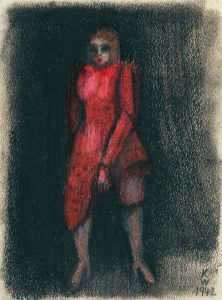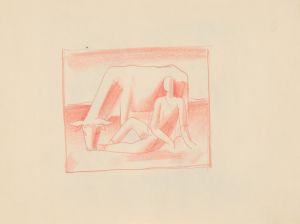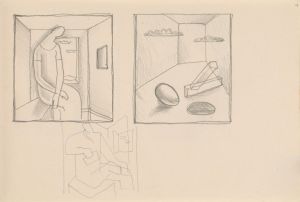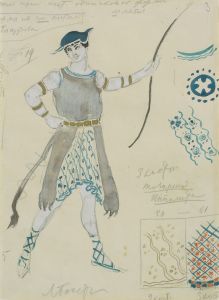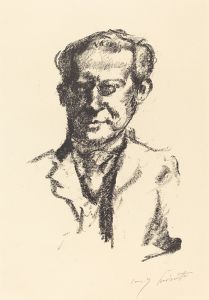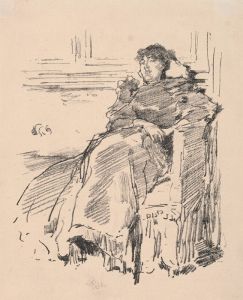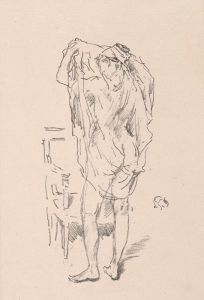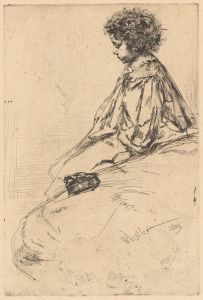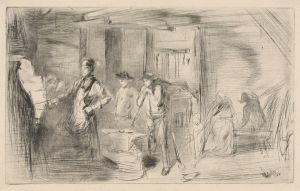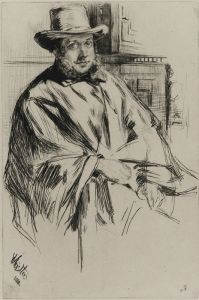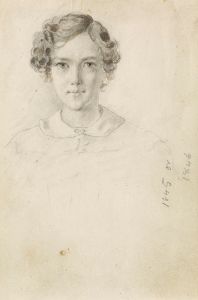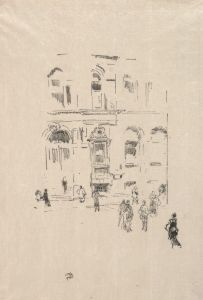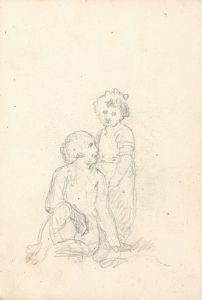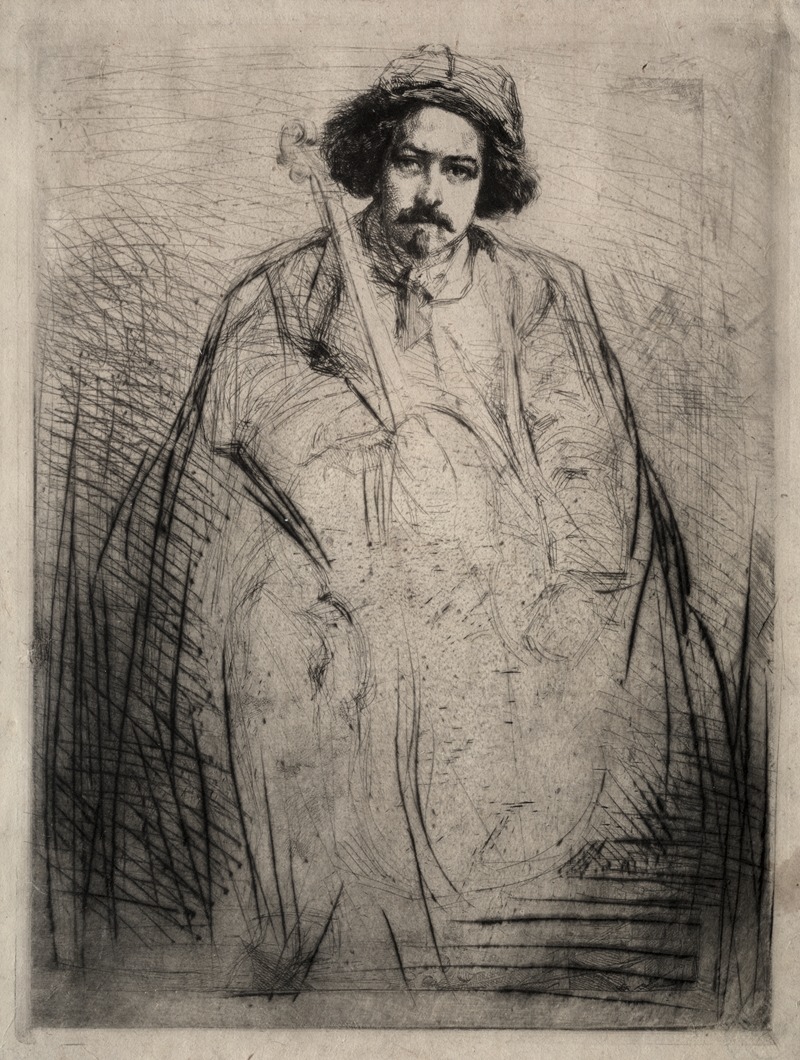
J. Becquet, Sculptor
A hand-painted replica of James Abbott McNeill Whistler’s masterpiece J. Becquet, Sculptor, meticulously crafted by professional artists to capture the true essence of the original. Each piece is created with museum-quality canvas and rare mineral pigments, carefully painted by experienced artists with delicate brushstrokes and rich, layered colors to perfectly recreate the texture of the original artwork. Unlike machine-printed reproductions, this hand-painted version brings the painting to life, infused with the artist’s emotions and skill in every stroke. Whether for personal collection or home decoration, it instantly elevates the artistic atmosphere of any space.
James Abbott McNeill Whistler's J. Becquet, Sculptor is a portrait painting created in 1859 by the American-born artist, who is best known for his contributions to the Aesthetic Movement and his innovative approach to portraiture and tonal harmony. The artwork depicts the French sculptor Jules Becquet, a friend of Whistler, seated in a relaxed pose with a contemplative expression. The painting is executed in oil on canvas and is notable for its subdued color palette and loose, expressive brushwork, which reflect Whistler's evolving artistic style during this period.
The portrait captures Becquet in an informal setting, holding a musical instrument, believed to be a bassoon, which adds a personal and intimate dimension to the composition. This detail suggests Becquet's interest in music, though the primary focus remains on his role as a sculptor and his relationship with Whistler. The background is rendered in a muted, almost abstract manner, drawing attention to the figure and emphasizing Whistler's interest in tonal harmony over detailed realism.
J. Becquet, Sculptor is considered an early example of Whistler's departure from traditional academic painting and his embrace of a more modern, experimental approach. The work demonstrates his growing interest in capturing mood and personality rather than adhering strictly to representational accuracy. This approach would later become a hallmark of Whistler's mature style, as seen in his famous Arrangement in Grey and Black No. 1 (commonly known as Whistler's Mother).
The painting is part of Whistler's broader body of work that often featured portraits of friends, artists, and patrons. It reflects his connections within the artistic community of Paris, where he lived and worked during the late 1850s. Whistler's time in Paris was formative, as he was influenced by the Realist movement and artists such as Gustave Courbet, whose emphasis on everyday subjects and naturalistic representation left a lasting impact on Whistler's art.
Today, J. Becquet, Sculptor is housed in the National Gallery of Art in Washington, D.C., where it is appreciated for its historical and artistic significance. The painting provides insight into Whistler's early career and his relationships within the artistic circles of 19th-century Europe. It also serves as a testament to his innovative approach to portraiture, which would later influence the development of modern art.





